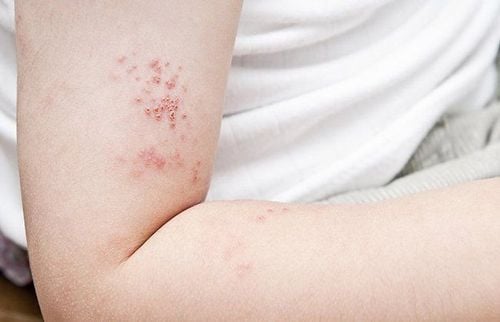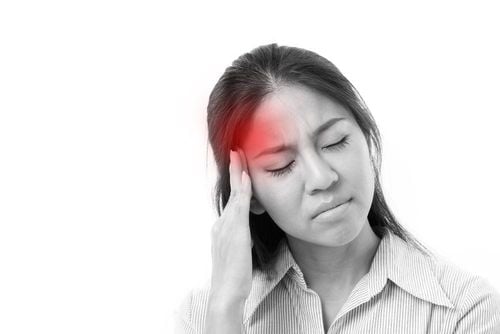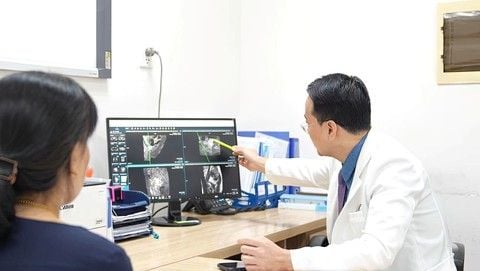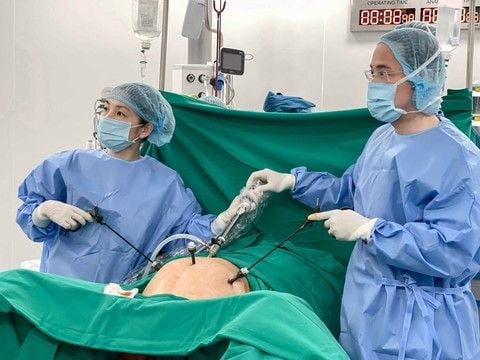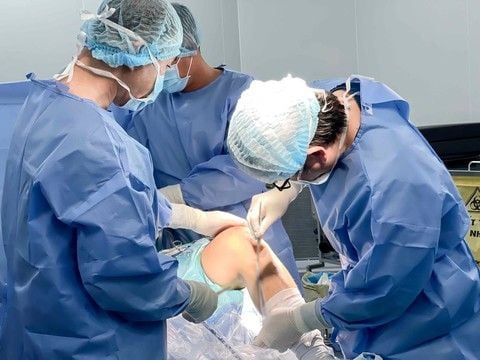Shingles in the abdomen and intercostal nerves is a disease caused by a virus, primarily attacking the skin of the abdomen and the nerves in that area. This disease often begins suddenly and progresses acutely; if not treated correctly and promptly, it can lead to many serious complications such as the destruction of spinal nerve cells and disruption of signal transmission from the skin.
1. Causes of shingles
The causative agent of shingles in general, and shingles in the abdomen and intercostal nerves in particular, is the same virus that causes chickenpox, which is the varicella-zoster virus. It manifests with clinical symptoms such as fever, localized burning pain at the site of viral invasion, and blisters.
2. Clinical symptoms of shingles

2.1. Shingles in the Abdomen
• Respiratory Infection
Symptoms of respiratory infection include mild fever, fatigue, and body aches. Patients may experience sharp, burning pain in the abdominal area where the shingles virus has invaded. The pain can be continuous or intermittent and may become so intense that it causes the patient to cry.
• Itching
Itching can be very uncomfortable for the patient, and the affected area becomes increasingly sensitive. Any touch to this skin area can intensify the pain.
• Appearance of Blisters
Initially, a red-pink patch appears on the abdominal skin, followed by the development of blisters. These blisters can cluster closely together, forming patches or linked groups. In some cases, new blisters may appear in succession, filling the entire affected area. The blisters are tense and easily burst.
When shingles occurs in the abdomen, it typically resolves on its own within 1 to 2 weeks if there are no secondary infections or complications. However, if a secondary infection occurs, the patient may experience a return of fever, potentially higher than before. The affected abdominal skin may become purulent, risking the spread of infection to other healthy skin areas (post-zoster skin infection) and increasing the risk of sepsis.
2.2. Shingles in the Intercostal Nerves
Patients often experience burning pain in the area affected by shingles in the intercostal nerves for a while, sometimes lasting for months, with recurrent episodes of pain. The progression of shingles in the intercostal nerves typically occurs in two stages:
2.2.1. Acute Onset Stage
• Burning pain in a segment of the intercostal area, followed by redness of the skin after a few days.
• Tiny blisters appear, spreading according to the distribution of the intercostal nerves.
• Intense itching and burning, making it uncomfortable for the patient to let clothing touch the affected area or to touch it at all.
• Accompanied by fever and fatigue.
• After about a week, the lesions from shingles in the intercostal nerves dry up and scab over, leaving scars.
2.2.2. Aftermath Stage
In this stage, shingles in the intercostal nerves can cause lingering burning pain in the affected area for some time, sometimes lasting for months, especially in older adults.
3. Things to Keep in Mind When Having Shingles
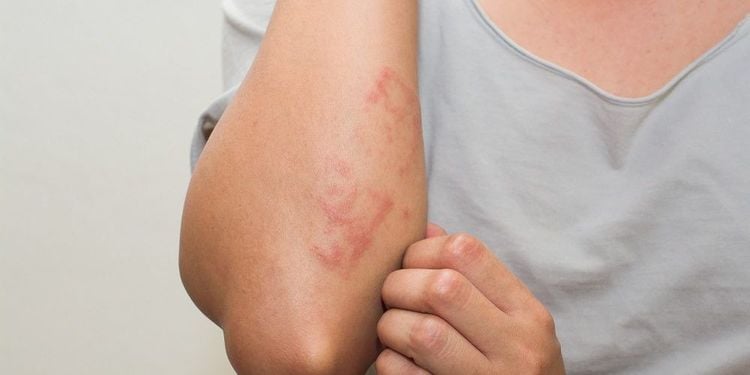
• Personal Hygiene: Maintain daily hygiene, shower regularly, and keep the affected skin area clean and dry.
• Wear Loose Clothing: Choose loose-fitting clothes to avoid pressure on the wounds, which can cause them to burst and spread.
• Avoid Skin-to-Skin Contact: Keep away from individuals with a history of chickenpox, those currently infected, or anyone with a weakened immune system.
• Do Not Scratch: Avoid scratching the shingles rash, as it can increase the risk of secondary infection and may lead to scarring.
• Cold Compresses: Use a cold compress on the affected area approximately 7 to 8 times daily for about 20 minutes to soothe pain and help dry the wounds. Do not use compresses once the skin has dried to prevent the surrounding area from becoming dry and itchy.
• Avoid Folk Remedies: Do not treat shingles with home remedies such as green beans, sticky rice, or herbal leaves, as they can increase the risk of skin infection, ulcers, and irritation.
• Follow Medical Advice: Use the correct medications at the right times as prescribed by the doctor.
• Wound Care: Clean the affected areas of the abdomen and intercostal nerves with antiseptic medications prescribed by your doctor to prevent bacterial infections.
• Stay Calm: Maintain a relaxed mindset to avoid unnecessary anxiety and stay committed to your treatment for quicker recovery.
• Seek Medical Attention: If you notice new symptoms or cannot control pain or itching, consult a doctor for timely treatment.
Some antiviral drugs can help manage symptoms and shorten the duration and severity of the illness. These are most effective when taken as soon as the rash appears. In addition, over-the-counter pain relievers or prescribed medications can also be used.
If you experience any unusual symptoms, seek evaluation and advice from a specialist doctor.
To arrange an appointment, please call HOTLINE or make your reservation directly HERE. You may also download the MyVinmec app to schedule appointments faster and manage your reservations more conveniently.
To arrange an appointment, please call HOTLINE or make your reservation directly HERE. You may also download the MyVinmec app to schedule appointments faster and manage your reservations more conveniently.



